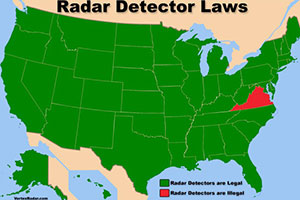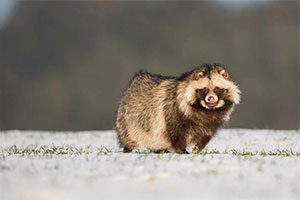Why are Gooseberries illegal?
Q&A | by
Hey there! Ever stumbled upon a fruit so controversial it’s actually been made illegal in parts of the U.S.? Meet the gooseberry, a small, tart fruit that has found itself on the wrong side of the law. But why on earth would a seemingly innocent berry be banned? Grab a cup of coffee, and let’s unravel this juicy tale.
A Berry Good History
Gooseberries, along with their close relatives, currants, have a rich history that dates back centuries. They’re beloved in pies, jams, and wines. However, their journey in the United States has been anything but smooth. The root of the issue? A disease called white pine blister rust.
The Enemy: White Pine Blister Rust
White pine blister rust is a fungal disease that poses a significant threat to white pine trees, a valuable timber resource. Here’s where gooseberries come into play: they can act as a host for this fungus, facilitating its spread among white pines. In the early 20th century, with the white pine timber industry at risk, the U.S. government took drastic measures by banning the cultivation and sale of gooseberries and currants in several states.
The Ban and Its Impact
The ban on gooseberries wasn’t nationwide but rather enforced in specific states, especially those with significant white pine populations. This legislation led to the disappearance of gooseberries from many American gardens and farms, turning them into a sort of forbidden fruit.
A Berry Controversial Law
So, why is there a controversy? Well, the ban has been questioned for several reasons:
- Modern Resistance Strains: Advances in agriculture have led to the development of gooseberry and currant strains resistant to white pine blister rust, reducing the risk of the disease spreading.
- Economic and Culinary Loss: Critics argue that the ban has unnecessarily restricted the growth of a potentially lucrative berry market and limited culinary diversity.
- Environmental Considerations: Some studies suggest that the role of gooseberries and currants in the spread of white pine blister rust may be overstated, pointing to the need for a reevaluation of the ban.
Where Do We Stand Today?
Over the years, restrictions have been lifted or relaxed in several states, thanks to lobbying by farmers, gardeners, and fruit enthusiasts. The movement to legalize gooseberries and currants has gained momentum, with research and regulations evolving to reflect a better understanding of white pine blister rust and its actual threats.
Before You Plant
If you’re thinking about adding gooseberries to your garden, here’s what you need to know:
- Check Local Laws: Regulations vary by state and even by county, so it’s essential to verify the legal status of gooseberries in your area.
- Opt for Resistant Varieties: Choose cultivars that are resistant to white pine blister rust to mitigate any potential legal and environmental issues.
- Be a Responsible Gardener: Stay informed about how to prevent the spread of diseases to protect local ecosystems.
Wrapping It Up
The saga of the gooseberry ban is a fascinating chapter in American agricultural and environmental law. It highlights the complex balance between preserving economic interests, protecting natural resources, and fostering biodiversity. As laws continue to adapt and new research comes to light, perhaps the gooseberry will once again find its place in the sun, both legally and in American cuisine.









